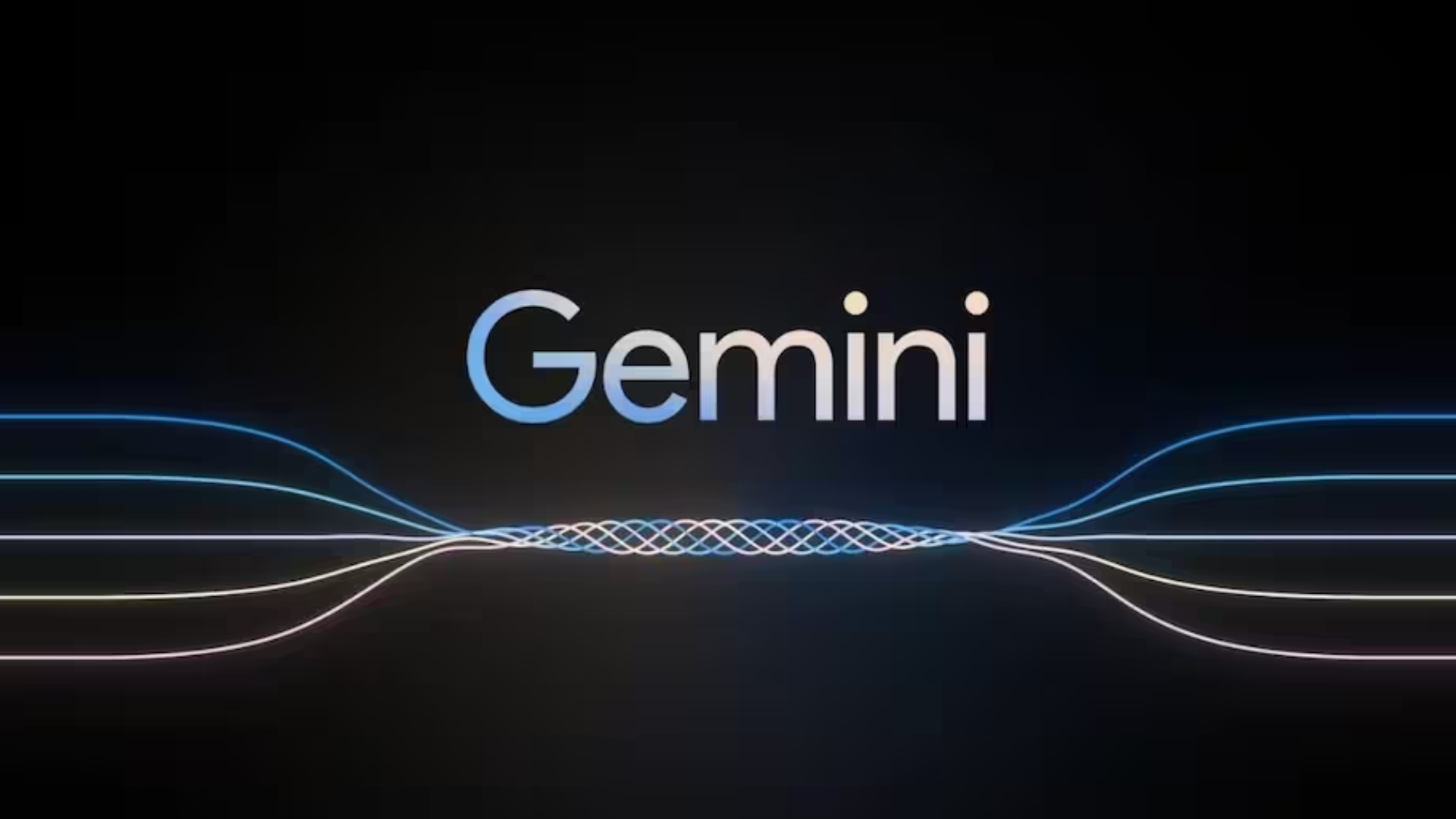Introduction: The Era of AI-Driven Security
In an environment where cyber threats are more significant and sophisticated than ever, Cisco, a leader in enterprise networking and security, has introduced a groundbreaking advancement — the Cisco AI Assistant for Security. This signifies a significant leap in the seamless integration of artificial intelligence (AI) into the Security Cloud, which is Cisco’s unified, AI-driven, cross-domain security platform. Let’s explore the revolutionary prowess of this AI Assistant, positioned to reshape the landscape of how organizations tackle cybersecurity challenges.
The Genesis of Cisco AI Assistant for Security
In navigating the intricacies of contemporary cyber threats, the imperative for advanced security measures becomes undeniable. Cisco’s AI Assistant for Security emerges as a cornerstone within Cisco’s Security Cloud, representing a transformative force in cybersecurity strategies. This section delves into the profound impact of integrating AI into the very essence of these strategies, positioning organizations to confront evolving cyber threats with unparalleled resilience.

AI in the cybersecurity Cloud Landscape
As the digital landscape evolves, the demand for heightened security measures intensifies. Cisco’s AI Assistant for Cyber Security takes center stage within Cisco’s Security Cloud, reshaping the approach to cybersecurity. This exploration emphasizes the pivotal role of AI integration, providing organizations with the tools to proactively address and navigate dynamic cyber attacks, and also ensuring unmatched resilience in the face of evolving threats.
Unmatched Visibility and Data Sets
The core strength of Cisco’s AI Assistant lies in its unparalleled visibility across the expansive network and security terrain. Fueled by an extensive security-focused data set, the assistant meticulously analyzes over 550 billion security events daily. This segment underscores the significance of this extensive data analysis, elucidating how it bolsters the AI Assistant’s capabilities and elevates the overall efficacy of cybersecurity measures.

The Significance of Cisco AI Assistant for CyberSecurity
Transformative Decision-Making
In the cybersecurity realm, the AI Assistant serves as a pivotal force, catalyzing transformative decision-making. This section explores how the AI Assistant serves as a vital asset, enabling informed decisions, risk mitigation, and proactive threat management. Offering insightful analysis and real-time threat assessments, it empowers decision-makers to confidently navigate the complex cyber threat landscape.
Augmenting Tool Capabilities
Stepping beyond the confines of conventional cybersecurity tools, Cisco’s AI Assistant actively enhances existing capabilities. This section examines how the assistant enhances security tools, creating a unified defense against evolving cyber threats. The AI adapts, ensuring effective and agile responses to emerging challenges in the cybersecurity landscape.
Automation of Complex Tasks
At the forefront of the future of cybersecurity, Cisco’s AI Assistant takes the lead in automating intricate tasks. This section delves into the AI Assistant’s impact, streamlining tasks to revolutionize cybersecurity workflows, reducing manual efforts significantly. Through automation, the assistant empowers cybersecurity professionals, allowing them to concentrate on strategic decision-making and proactive threat mitigation, ultimately boosting operational efficiency.
Addressing the Evolving Threat Landscape
Ransomware and Extortion Challenges
In the dynamic landscape of cyber threats, organizations are confronted with escalating challenges, prominently marked by the surge in ransomware and extortion attacks. As cyber attacks evolve in complexity, the need for comprehensive defense mechanisms becomes imperative. The Cisco Talos 2023 Year in Review Report serves as a valuable resource, offering insights into the nature and prevalence of these persistent threats. The AI Assistant seamlessly aligns with this evolving landscape, acting as a strategic ally for organizations in the ongoing battle against cybercriminals. Utilizing its skills to analyze ransomware, the AI Assistant fortifies cybersecurity, proactively shielding against evolving threats.
State-Sponsored Attacks on Networking Devices
A disconcerting trend emerges as state-sponsored actors increasingly set their sights on networking devices. This subsection sheds light on the sophistication of such attacks, emphasizing the potential risks posed to critical infrastructure. Cisco’s machine-scale defenses, powered by advanced artificial intelligence (AI), emerge as a robust countermeasure against these targeted assaults.
With a vast and adaptive knowledge base, the AI-driven defenses actively thwart and neutralize the intricate tactics employed by state-sponsored actors. This proactive defense mechanism not only safeguards networking devices but also contributes to the broader resilience of organizational cybersecurity infrastructures, fortifying against the ever-evolving landscape of state-sponsored cyber threats.
Cisco’s Response: Innovations and Solutions
AI Assistant for Firewall Policy
Cisco addresses the complexity of policies and firewall rules with the introduction of the AI Assistant for Firewall Policy. This innovative tool simplifies policy management and accelerates troubleshooting tasks. Additionally, by leveraging natural language processing, administrators can effortlessly discover policies, receive rule recommendations, and eliminate duplicates or misconfigurations.
In doing so, it streamlines the overall workflow and enhances the efficiency of policy-related processes.The AI Assistant enhances firewall policy management, thereby simplifying the process for increased visibility and efficiency in network security. Additionally, it streamlines the overall workflow, ensuring a seamless integration of advanced security measures. By doing so, organizations can not only fortify their defenses but also optimize the management of firewall policies. In essence, the AI Assistant not only bolsters security but also contributes to a more streamlined and responsive network infrastructure.
AI-powered Encrypted Visibility Engine
With the surge in encrypted traffic, Cisco introduces the AI-powered Encrypted Visibility Engine to meet the challenge. This tool excels in inspecting encrypted data without the need for decryption. By leveraging vast datasets, including sandboxed malware samples, the engine identifies potential threats. Subsequently, it determines the source’s operating system and identifies the client application generating the traffic. This innovative approach ensures robust security measures without compromising privacy or operational efficiency. Furthermore, the seamless integration of these processes enhances the overall effectiveness of the security measures in place.
7.4.1 Operating System Enhancements
Delving into the latest operating system release, 7.4.1, available for the entire Cisco Secure Firewall family, this article highlights significant advancements, particularly the integration of the Encrypted Visibility Engine. The enhancements contribute to a more resilient cybersecurity infrastructure by providing comprehensive visibility into encrypted traffic. Moreover, these advancements reinforce Cisco’s commitment to staying at the forefront of cybersecurity innovation. By offering a deeper understanding of encrypted traffic, the strengthened infrastructure aligns with the evolving landscape of cyber threats.
Essentially, these enhancements enhance security and highlight Cisco’s proactive stance against emerging cybersecurity challenges. Fundamentally, these upgrades reinforce security protocols, showcasing Cisco’s proactive stance against emerging cybersecurity challenges. At its core, these advancements strengthen security measures, showcasing Cisco’s proactive stance on emerging cybersecurity challenges.In essence, these improvements fortify security measures and emphasize Cisco’s proactive approach to emerging cybersecurity challenges. Ultimately, these changes not only enhance security but also exemplify Cisco’s proactive response to cybersecurity challenges.
Industry Voices: Partnering with Cisco
In this section, Graham Robinson, Data#3’s CTO, shares firsthand insights on Cisco’s AI Assistant impact.Graham Robinson, Data#3’s CTO, gives direct insights into the effects of Cisco’s AI Assistant. Gain unique perspectives from Graham Robinson, Data#3’s CTO, on Cisco’s AI Assistant impact. Additionally, Graham Robinson, CTO of Data#3, directly discusses Cisco’s AI Assistant’s influence in this segment. Furthermore, get firsthand insights from Graham Robinson, CTO of Data#3, on the impact of Cisco’s AI Assistant.
Graham Robinson’s Perspective
As Chief Technology Officer at Data#3, Robinson brings a wealth of experience and knowledge to the discussion. Furthermore, his role provides a unique perspective on the intersection of technology and business strategy, enriching the dialogue with practical insights and industry expertise. With a distinguished career in technology leadership, Robinson’s contributions to the conversation are invaluable. Additionally, he offers a holistic view of the challenges and opportunities in the rapidly evolving landscape of information technology. His insights not only enrich the discussion but also provide a nuanced perspective on the current state of affairs in the tech industry.
In this way, Robinson’s experience becomes a guiding force, shaping our understanding of the multifaceted dynamics within the ever-changing realm of information technology.His perspective sheds light on the tangible advantages that Cisco’s AI Assistant brings to the table. By emphasizing the collaborative nature of cybersecurity defense, Robinson underscores the symbiotic relationship between Cisco and its partners and customers.
This firsthand account offers insight into positive real-world outcomes resulting from integrating AI into cybersecurity. Additionally, Robinson’s insights contribute to a holistic understanding of the practical implications and collaborative success stories within the industry. By showcasing tangible examples of AI’s impact, this account not only highlights its effectiveness but also underscores the transformative role it plays. Furthermore, the integration of AI in cybersecurity, as detailed by Robinson, serves as a compelling case study, exemplifying the symbiotic relationship between technology and security measures.
Conclusion: Shaping a Secure Future with Cisco AI Assistant
In summary, Cisco’s AI Assistant for Security emerges as a transformative powerhouse within the cybersecurity domain. Its impact is profound, reshaping the landscape by influencing decision-making, enhancing capabilities, and automating critical tasks. Moreover, this collective fortification equips organizations to navigate the ever-evolving realm of cyber threats with heightened resilience. As a result, the transformative influence of this technological advancement becomes a cornerstone in bolstering defenses and securing digital landscapes against emerging challenges.
Cisco’s AI Assistant uniquely integrates AI into cybersecurity, enhancing firewall policies and encrypted traffic inspection seamlessly. This integration signifies Cisco’s unwavering commitment to innovation, as it tackles dynamic security challenges head-on. By integrating AI, Cisco not only keeps up with threats but leads, ensuring secure organizational futures.
Keywords: Cisco AI Assistant | AI-Driven Security | Cybersecurity Revolution | Cyber Threat Landscape | AI Assistant for Firewall Policy | Network Security









